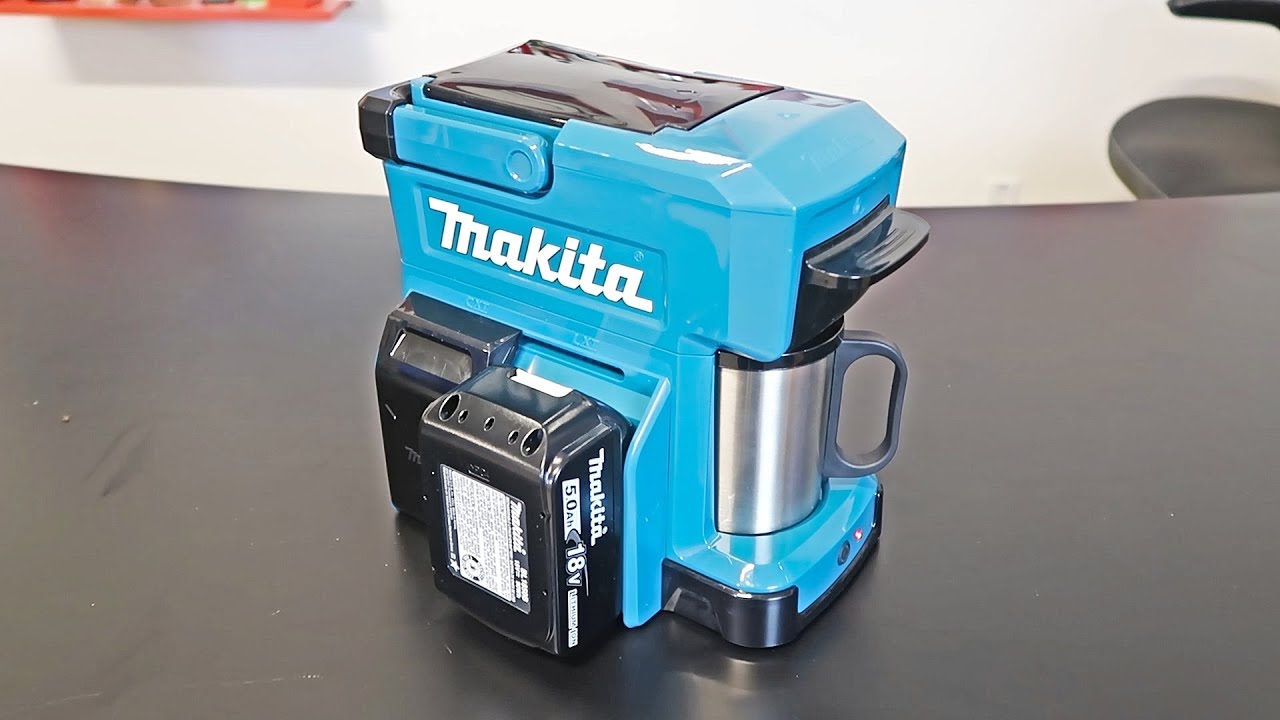Whisky Investing: A Guide to Rare and Limited Releases
Is whisky a sure thing, with lucrative returns more or less guaranteed? No. While the long-term price trajectory for rare bottles of alcohol remains highly positive, the market is going through a difficult phase.
In its latest quarterly update on the fine and rare whisky market, Noble & Co notes a significant slump in auction volumes, continuing a negative trend that began in the second half of 2022. While pricing has held relatively steady, volumes of bottles sold at auction above £100 fell 16% in the last three months of 2023 versus a year earlier. Volumes last December were down 18% and slumped 35% in January 2024.
Where to Invest in Whisky
Limited releases from marquee names are the obvious way to go, including whiskies from “ghost” (closed) distilleries. Port Ellen, Brora, and Rosebank are famous names here, although all three have recently restarted production. Others include Glenury Royal, Littlemill, Ladyburn, and St Magdalene. Outside Scotch, Japan’s Karuizawa and Hanyu are auction room darlings. Other big names in single malt circles include The Macallan – which has spearheaded the rare whisky boom – along with Springbank, Dalmore, Bowmore, Ardbeg, and Laphroaig. Beyond Scotch, US whisky names to conjure with include Pappy Van Winkle, George T Stagg, and William Larue Weller. In Ireland, niche bottlings from Midleton Very Rare are on the up.
Rare whisky bottles
Independent bottlers – companies that sell whiskies sourced from third-party distilleries under their own name – are another option. Watch out for Gordon & MacPhail’s succession of long-aged releases from its astonishing inventory. Cadenhead’s, Signatory, Adelphi, and Italy’s Samaroli are other good indie sources.
Primary market sources for these whiskies include retailers and online specialists, such as The Whisky Exchange and Master of Malt. On the secondary market, auction houses have an increasingly broad and sophisticated spirits presence, from big hitters Sotheby’s, Christie’s, and Bonhams to specialists Whisky Auctioneer, Whisky Hammer, and Whisky.Auction.
And then there are casks. A number of cask investment schemes have sprung up in recent years, some of them promising huge – and usually utterly unrealistic – returns. The lack of regulation in this part of the market – don’t forget that a cask is essentially an open container with an easily removed bung – makes it a minefield for the unwary investor.
Whisky By Time and Cask Trade are two retailers that can be trusted. Sage advice can be found on the website of the industry body the Scotch Whisky Association.
As with fine wine, storing your collection in the right conditions is vital. In the long term, whisky should be kept vertical (unlike wine), and at a constant ambient temperature away from harsh light. Professional storage (including insurance) is a safe and relatively inexpensive option, which admittedly comes with the obvious drawback that you can’t see your bottles, pick them up, or show them off to your friends.
Does that matter? It all depends on how you view collecting whisky. If you’re doing it purely for investment purposes, then probably not. But whisky is a product designed to be consumed, and to give pleasure. For all the calculations of market trends, auction prices, and likely returns, it ought to be about something else too – having fun.
Russell’s Reserve 15-Year-Old Limited Release
Russell’s Reserve has a 15-year-old bourbon limited release coming out next month. The 15-Year-Old 2024 Limited Release comes in at a proof of 117.2, and this high proof helps to carry its flavors of dried fruits, caramel, coffee, and dark oak. The barrels used for aging were carefully selected to enhance the flavors, and the aging process is a longer one to give the bourbon time to develop and for its own unique character to shine.
TX Whiskey Unaged White Dog
TX Whiskey unveiled the brand’s newest release within its Experimental Series, White Dog. The spirit clocks in at 120 proof and is made with grains from Sawyer Farms, located in the Texas hill country. It’s distilled from TX Whiskey’s wheated bourbon mash bill.
Unaged White Dog is quite unique because the barrel has zero impact on the flavor and color, leaving the spirit crystal clear to showcase the grains, yeast, fermentation, and distillation. The sweetness of the 100% Texas corn, wheat, and malt shines through, and the lack of wood, oak, and smoke allows the fruitiness, formed during fermentation and enhanced during distillation, to really be prominent.
TX Whiskey encourages using its White Dog in a cocktail in place of other clear spirits like vodka.
Just 1,400 bottles of TX’s White Dog are available, and the expression is only available in 375-milliliter bottles, which will be available at TX’s Whiskey Ranch in Fort Worth. Each bottle hosts a price of $39.99. The release will be limited to eight bottles per customer.
Locals can attend a launch party set to take place Friday with a tasting, bottle signing, and VIP tour. VIP tickets cost $50, and regular tickets are $10. Those interested in learning more about the event can visit TX Whiskey’s website.
In April, TX Whiskey unveiled the eighth release within its Experimental Series. It was finished in apricot brandy and sherry casks.
TX Whiskey White Dog Tasting Notes, Via the Brand
Nose: Fresh flowers, summer fruit, and cornbread. Taste: Creamed corn, warm spices. Finish: Warm and sweet.


 Photo by
Photo by 











